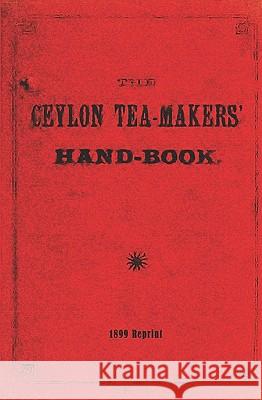The Ceylon Tea-Makers' Handbook - 1899 Reprint » książka
The Ceylon Tea-Makers' Handbook - 1899 Reprint
ISBN-13: 9781441411822 / Angielski / Miękka / 2009 / 86 str.
Reprint of "The Cylon Tea-Makers Handbook." The production of black tea in Ceylon began after a deadly fungus called Hemileia vastatrix destroyed most of the coffee crop on the island. The coffee plantation owners realized that they needed to diversify. The Loolecondera Estate had long been interested in producing tea in Sri Lanka. James Taylor, one of the fathers of Ceylon Tea, had recently arrived on the Estate and wanted to be there for the sowing of the first tea crops in 1867. James Taylor was already experienced in tea cultivation. He had acquired his knowledge in North India. He carried out different experiements on cultivating tea on the verandah of his estate. He rolled the leaves by hand and fired the oxidized leaves on clay stoves over a charcoal fire. The tea was delicious and sold for a very good price in the London Auction. The tea craze hit Ceylon. By 1890 tea production was at 22,900 tons, up from just a mere 23 pounds between 1873 and 1880.











